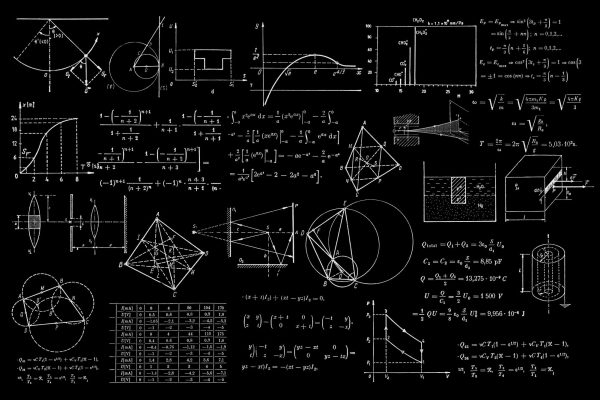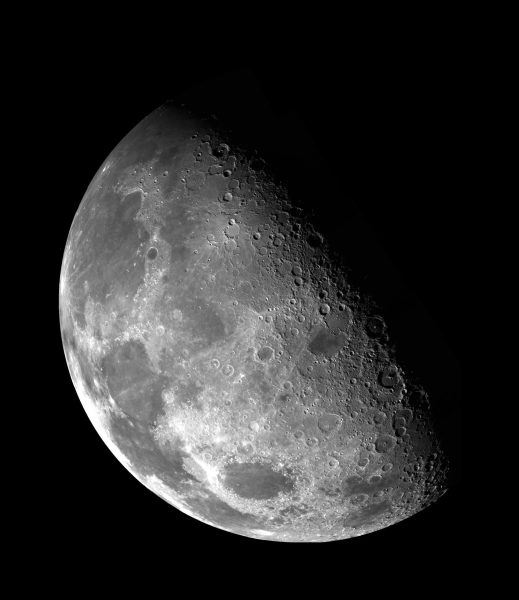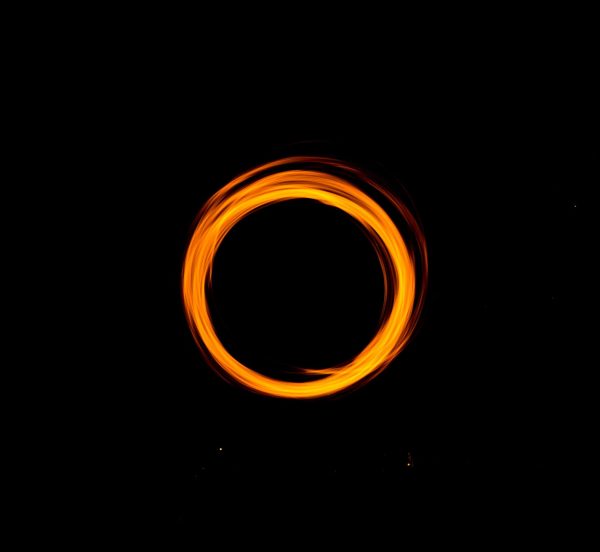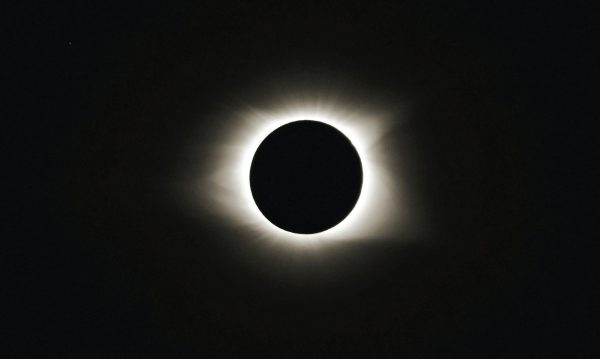Physics 1 and 2: How it Will Change the High School Experience Forever
May 6, 2014
AP Physics, the most dreaded class any incoming junior will have to take in the most important year of his pre-college education. Some may argue it is the most notorious class in all of high school, occupying twice the time for a typical class and making an equal impression on one’s GPA. Even some of the toughest students to traverse Ward Melville’s walls fear the course’s legacy. Yet physics is still an important subject; the AP Physics B course alone provides knowledge appropriate for sixty career areas and eighteen college majors, according to College Board. So why is it that despite the obvious relevance of the course, many students struggle, walk away scarred, and warn the incoming junior class of the maelstrom that looms ahead? Is it the myriad of topics ranging from Newtonian mechanics to optics and nuclear physics that the course covers, or is it simply the great change from a Chemistry Honors course to AP Physics? What ever the cause of AP Physics B’s infamous reputation, future juniors may relax their fears; in the next couple school years, College Board will be splitting the AP Physics B course into two full-year courses: AP Physics 1 and 2.
After evaluating recommendations from institutions like the National Research Council (NRC), College Board has decided to split the AP Physics B course into two halves beginning with the 2014-15 academic year. The NRC commented that the overwhelmingly long curriculum that is covered in the single year AP Physics B disallows students to adequately dwell into important physics topics like Newtonian mechanics, which is not even completely covered in the AP Physics B course. To focus more on these vital principles without pushing as much stress onto both the students and the teachers was the primary reason for College Board’s decision to halve the original course.
According to College Board, both AP Physics 1 and 2 will retain their traditional Algebra-based curriculums (unlike AP Physics C, which is calculus-based) and will focus on each half of AP Physics B. While AP Physics 1 will cover all of Newtonian mechanics, work, energy, power, mechanical waves and sound, and will partially cover electric circuits, AP Physics 2 will cover the other half: fluid mechanics, thermodynamics, electricity, magnetism, optics, atomic and nuclear physics.
This change will most likely be a relief to the next incoming junior classes as the levels of pressure and stress for covering massive amounts of material have been, for the most part, alleviated. Being a AP Physics B student myself, my class has just taken a quiz on work and energy this week. If most future juniors choose to take AP Physics 1 next year, the amount of material they will cover over the course of an entire school year will be tantamount to the amount of material I “covered” in three months, less than half of an eight-month academic year. Clearly, any change of this magnitude would appear as a spiritual blessing for most – if not all – current sophomores.
The splitting of AP Physics B will also free more time for incoming juniors to use for other activities. The advent of more spare time can allow students to focus more on other subjects like calculus and U.S. History, or even extracurricular activities like music, theater, or sports. The increased time spent in other areas can allow students to open to other subjects they may be passionate about and allow them to pursue these classes in lieu of being anchored by the gargantuan physics supertanker, which can certainly make the high school experience more enjoyable. The immense commitment required for the average student to succeed in AP Physics B is beyond healthy levels of stress and time spent studying for one class. High school is the precipice before adulthood, so high school students should be able to spend their last days as carefree teenagers doing what they do best, with a reasonable amount of work. AP Physics B simply makes students hate physics, science, and even academics in general, which is certainly against the school district’s intentions.
Despite the significant drop in juniors’ stress with the new AP Physics B program, there are some negative consequences attached to this schism. Any incoming juniors who wish to complete both AP Physics 1 and 2 will only be able to do so senior year, which can potentially remove valuable schedule room for other popular science classes like AP Biology, AP Chemistry, and AP Environmental Science, as well as other elective courses in subjects other than science. This change also can potentially raise moral and social concerns for others.
Those who have already taken this course – who have taken their turn braving the dangers of AP Physics B – will see this change either with great envy or great offense to their high school experience. While the sophomores prepare for doomsday and the juniors suffer the course’s pressure, the seniors look in hindsight and realize how unique AP Physics B is from other classes, and actually admire their experiences in it. Quite oddly it is often these strenuous experiences in high school (pulling all-nighters with physics, calculus, history, etc.) that nurture the best of all high school memories, and removing this experience from a student’s academic career is an attack on traditional beliefs of the high school experience. The split of AP Physics B into 1 and 2 – and subsequent effacement of the “Physics Experience” – can be comparable with scientists developing computer chips that grant people all the knowledge of typical college majors, effectively removing the need to go to college and ergo, the “College” experience. The same reasons why the aforementioned hypothetical situation cannot be possible – other than a lack of suffice technology – is the unwillingness for people to allow such a revolutionary change to the very process of life itself. The same logic can be equally applied to AP Physics 1 and 2.
Whether the decision by College Board to split AP Physics B into two smaller versions of the same course will be met with positive praises from incoming juniors or mixed with negative criticisms from former juniors, there will be no stopping it from happening; College Board has made the advent of AP Physics 1 and 2 official beginning with the next academic year. Splitting the class into two like the sister AP course for World History can be regarded as a reprieve from the already stressful life of a high school junior, but can also be viewed as a social change that may alter the orthodox definition of a high school junior to a negatively-viewed extent. As one can see, the decision hasn’t been implemented yet, but still can cause quite a discussion among the student population. In order for us to see the real impact of College Board’s creation of AP Physics 1 and 2, we can only cross our fingers and wait for September.












